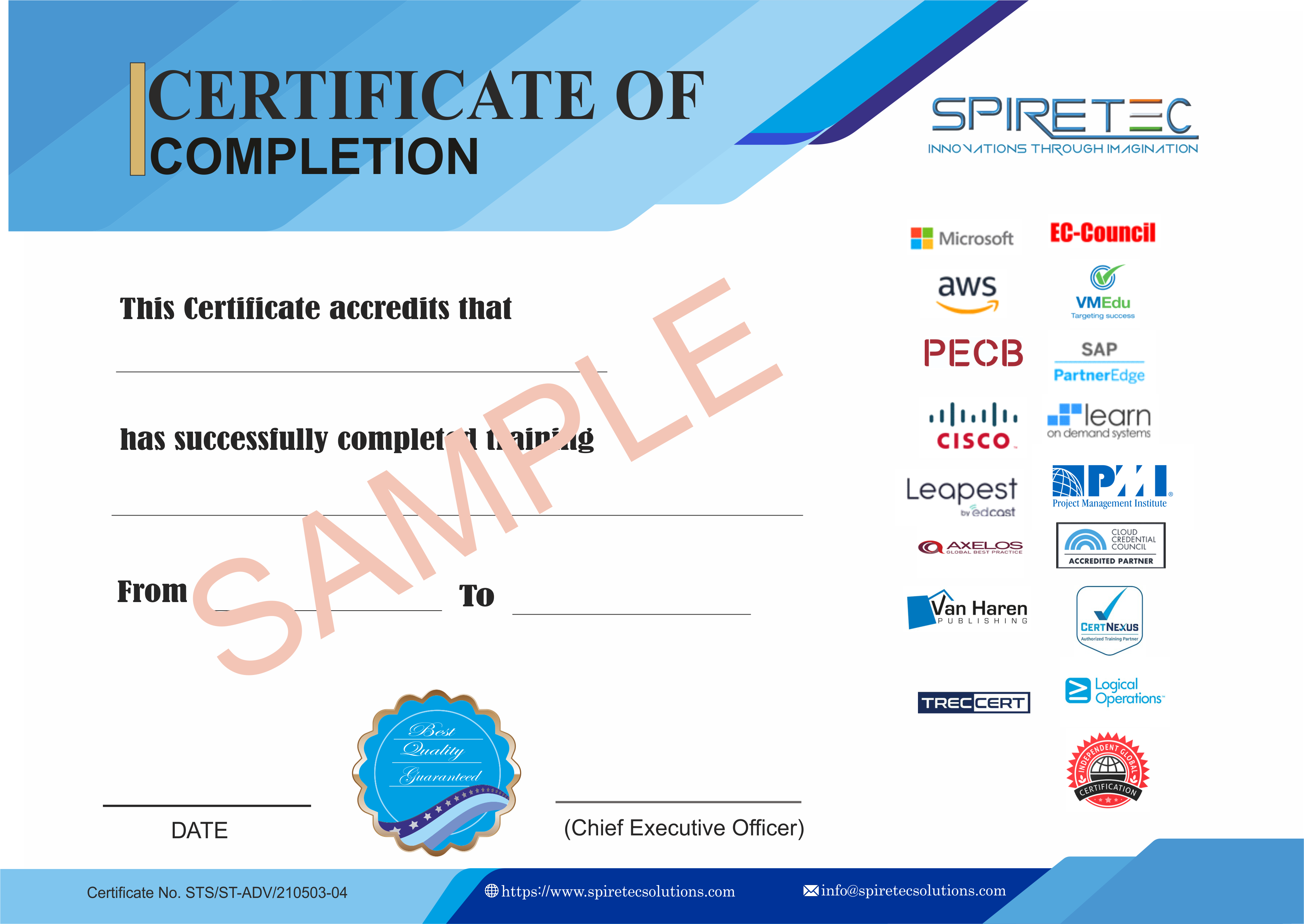The 55268 : Microsoft Power Automate for End Users course enables you to build automated workflows between commonly used applications and services to synchronize files, gather data, and receive notifications within your organization. You will learn about cloud-based data loss protection, no-code guidance, peek code features, identity and access management, the dynamic content expression editor, trigger search, and the AI Builder within Microsoft Power Automate. With in-depth knowledge of Power Automate, professionals will be able to utilize its capabilities effectively. Power Automate provides a versatile solution to automate, standardize, and visualize business operations, connecting both on-premises and online services and integrating with Office 365 products. This course enhances your confidence in selecting appropriate actions and applying logic in Power Automate to meet business needs. Using standard premium connectors and on-premises data, you will learn to create new order lists and manage accounts for colleagues. The accredited course content, developed by subject matter experts, also covers automating tasks on local computers, such as processing data in Excel.
Audience Profile:
The intended audience for this course includes those who have been using Microsoft 365 for some time and are now looking to optimize their existing business processes and design new ones.
At Course Completion:
After completing this course, students will be able to:
-
Understand when to use Power Automate.
-
Describe the components of a flow and their correct use.
-
Learn how to create and edit flows.
-
Identify the benefits of Power Automate.
-
Understand integration with Power Automate.
Prerequisites:
Course Outline:
Module 1: An Introduction to Power Automate
Objective: Get started with an introduction to Microsoft Power Automate, focusing on its evolution from developer-centric automation to user-friendly design.
Lessons:
-
What is Microsoft Power Automate?
-
The benefits of automation.
-
How to get to Power Automate.
Lab 1: Setup your tenant:
Outcome: After completing this module, students will be able to:
Module 2: Getting Started with Power Automate
Objective: Build your first business process and navigate Power Automate’s interface.
Lessons:
-
Using Flow templates.
-
Navigating in Power Automate.
-
Editing a Flow.
-
Publishing and triggering a Flow.
-
Turning off or deleting a Flow.
Lab 1: Building processes in Microsoft 365:
-
Create a Team with a channel.
-
Build an absence business process.
-
Test the absence process.
-
Optional: Create a feedback form.
-
Optional: Flow to notify of bad ratings.
-
Optional: Test your form and Flow.
Outcome: After completing this module, students will be able to:
-
Use Flow templates.
-
Navigate around Power Automate.
-
Edit Flows.
-
Publish and trigger Flows.
-
Turn off or delete Flows.
Module 3: Automation Logic
Objective: Understand how to implement decision-making logic to enhance workflows.
Lessons:
Lab 1: Scheduling documentation reviews:
-
Setup a policy library in SharePoint.
-
Design a policy review schedule.
-
Test the policy review process.
-
Optional: Notify if a file nears review.
Outcome: After completing this module, students will be able to:
-
Add conditions in a Flow.
-
Design switches for a Flow.
-
Use apply to each.
-
Configure do until logic.
-
Add a scope.
Module 4: Integration
Objective: Learn how to connect Power Automate with various third-party services and on-premises systems.
Lessons:
-
Standard and premium connectors.
-
Connecting to web services.
-
Using Power Automate with on-premises data.
Lab 1: Using Power Automate and SQL to Review Sales:
-
Create a new orders list.
-
Design the price check process.
-
Test the price check process.
-
Optional: Update with managers.
Outcome: After completing this module, students will be able to:
Module 5: The Mobile App
Objective: Explore the features of the Power Automate mobile app for managing Flows on the go.
Lessons:
-
Downloading the mobile app.
-
Signing in and account management.
-
Building and managing Flows.
-
Creating buttons.
-
Feeds and approvals.
Lab 1: Optional: Using the flow mobile app:
-
Setting up the Power Automate mobile app.
-
Create a new Flow in the mobile app.
-
Using Flow buttons in the app.
-
Uninstall the Power Automate mobile app.
Outcome: After completing this module, students will be able to:
-
Download the mobile app.
-
Sign into the mobile app.
-
Build and manage Flows in the mobile app.
-
Create buttons in the mobile app.
-
Feed and use approvals in the mobile app.
Module 6: Administration and Maintenance
Objective: Learn how to manage and maintain Flows effectively within an organization.
Lessons:
-
Maintaining a Flow.
-
View history and analytics.
-
Sharing a Flow.
-
Exporting and importing Flows.
-
Microsoft 365 administration for Power Automate.
-
Environments.
-
Data policies.
-
Data integration.
Lab 1: Maintaining your flows:
Outcome: After completing this module, students will be able to:
-
Maintain a Flow.
-
View history and analytics for a Flow.
-
Share a Flow.
-
Export and import Flows.
-
Administrate a Flow in Microsoft 365.
-
Use data policies in a Flow.
-
Use data integration in a Flow.







 Live Online Training (Duration : 08 Hours)
Live Online Training (Duration : 08 Hours)
